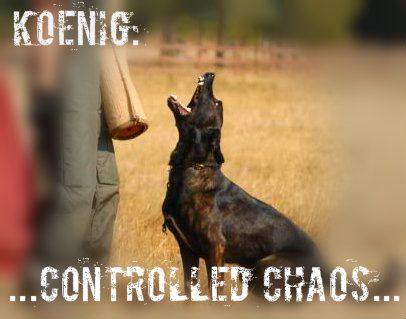Hey Mara,
Here are a few training strategies that worked for me. And I am still learning new things every time we go out,and as I work with more dogs.
First rule is keep sessions short and fun. Leave the dog wanting more. Do not run them until they are tired. They should be disappointed to be stopping. This is one thing I still need to tell myself. Tikko never wants to turn around!
As for pulling, a loaded sled is a good first step. Another thing to keep in mind is that you want the dog to be responding to you from behind. Running next to Kenzi is a great way to get her used to the feel of pulling, but whenever possible, stay behind the dog. Have a friend run with her, or have her chase a friend and her dog. Be very careful not to let the sled (or you on skis) hit her in the back legs. Fall first.
Don't be a dead weight. You need to ski, too. The dog knows when you are not working.
Teach 'line out' so you don't end up tripping on the line. With a marker trained border collie this will be easy. Tie the line to a tree or solid object. With the dog's harness on walk them to the end of the line until the line is taut. Mark it. Walk behind the dog, around the dog, add distractions. The dog should learn to keep the line taut. Work at it until the dog knows to keep the line tight when you are behind them- and with other distractions.
Recent things I've learned:
Water the dogs 2-3 hours before you plan to run them. I use water baited with tuna juice and a little tuna, or salmon juice or homemade chicken broth. Whatever the dog likes drinking. Also, rehydrate them after the run with the same type of baited water. Most mushers water right away, I usually wait 20 minutes to let the dog settle down.
Keep the trail interesting. Turns, trees, up and down hills. Dogs get bored (or at least my dog does) on flat, open trails.
Run with another dog if possible.
Do not let the dog stop on his own. If you see him getting hot/tired, have them run a little bit more, then let them take a break. (a rookie error I made, and am still fixing)
In harness means no sniffing/marking. No greeting other dogs at all. No distraction. On by is a critical command. The dog's head should be down when pulling and the tail held flat (not up). You can tell a dog is getting distracted if the ears go forward, head raises, or tail goes up.
If you are running a lot (or even a little, just hard) make sure you are feeding enough fat. Many people know more about diet that I do, but skijoring really picks up a dog's energy needs. My dog needs 50% to 100% (double) more food when we skijor regularly.
This is basic, but never get angry if a dog stops pulling or gets distracted. Keep things short and fun and soon your dog will love seeing the harness.
And finally, check the dog's feet regularly. Bring booties along on every outing so you can bootie up if you start seeing ice balls or paw issues.
Have fun! There is always more to learn, but the most important thing is to enjoy being outside with your dog. That's what it's all about.
 Previous Topic
Previous Topic Index
Index Next Topic
Next Topic












 Top
Top







